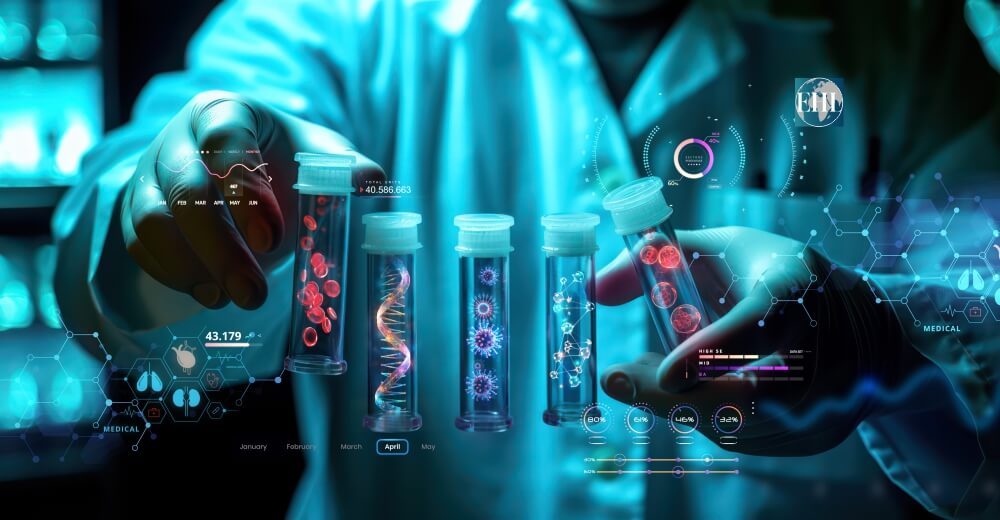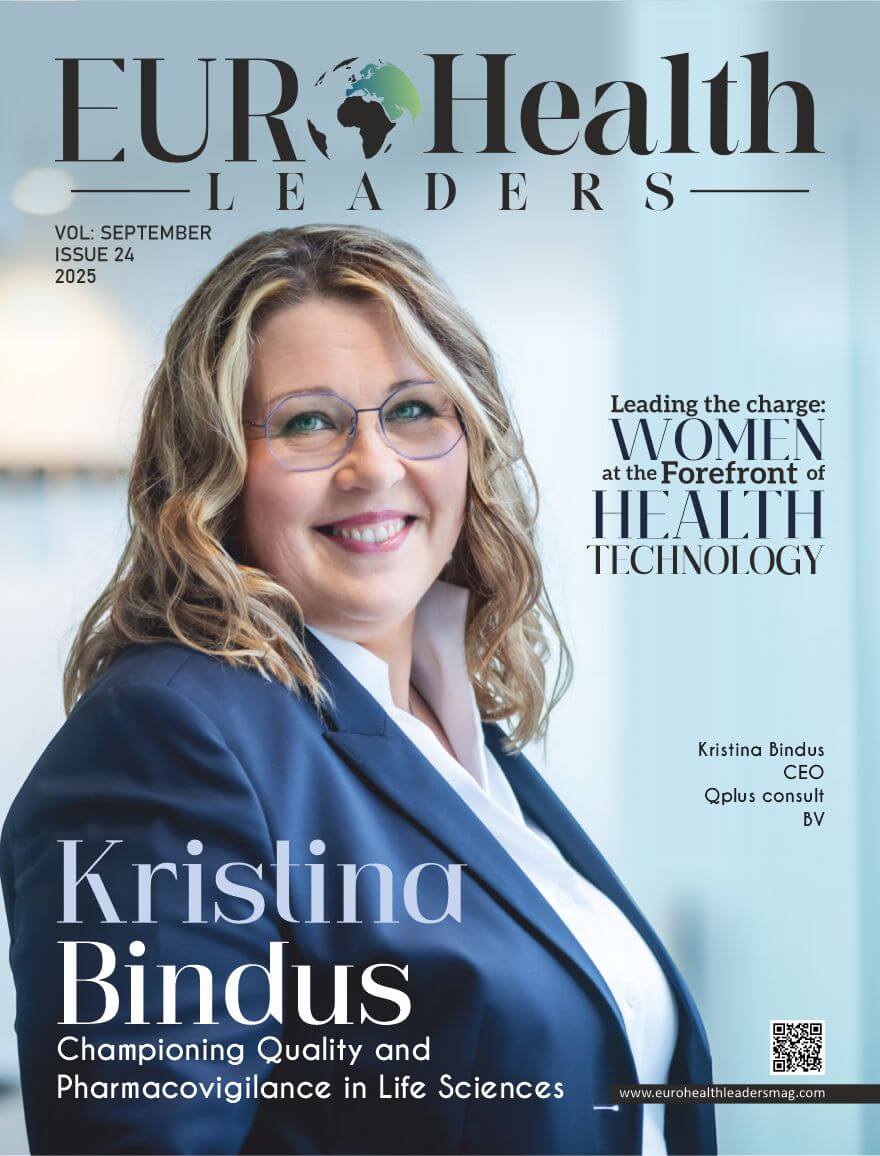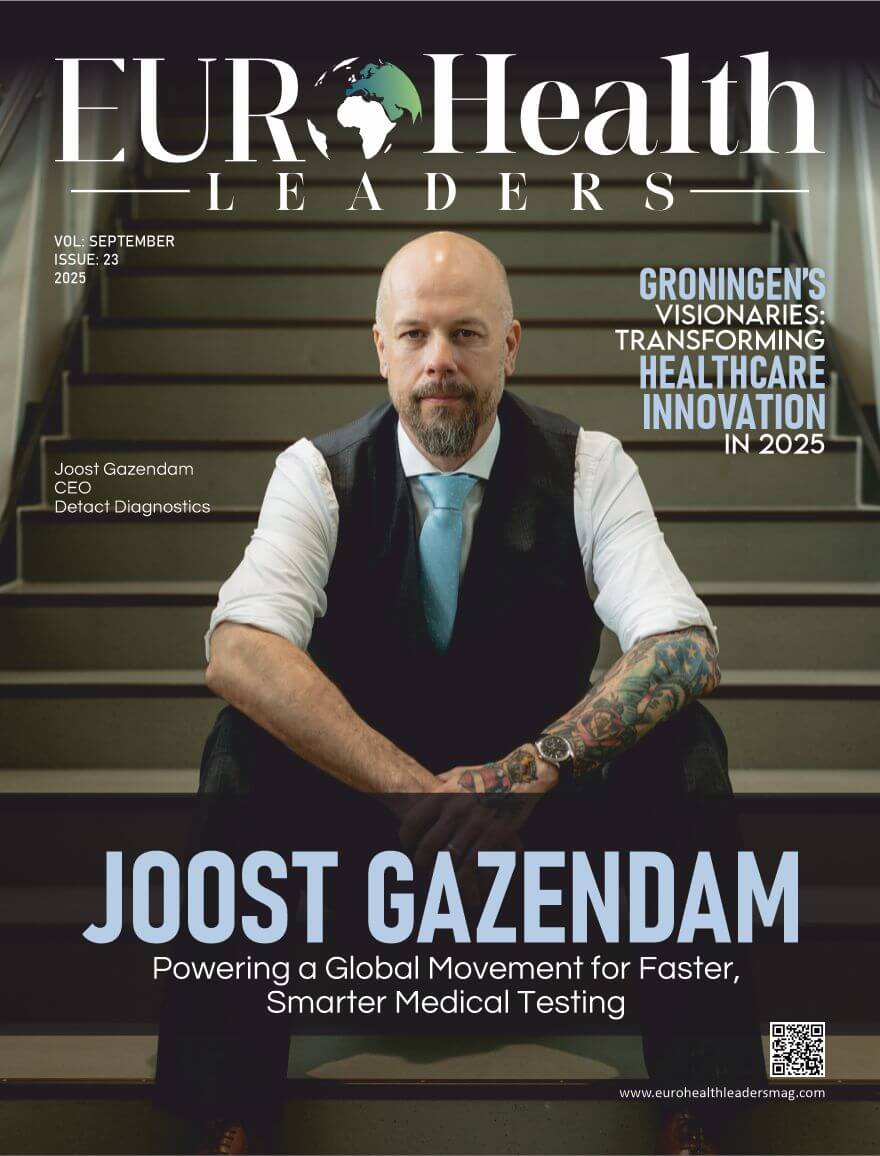The healthcare sector is at a juncture with smart technology having the capacity to transform patient care, automate processes, and improve outcomes. By integrating sophisticated instruments such as artificial intelligence (AI), Internet of Things (IoT) sensors, and analytics, healthcare systems can break the age-old problems of inefficiencies, access, and cost.
These are five critical actions to change healthcare systems with smart technology to usher in a future where care will be more personalized, effective, and inclusive.
-
Harness AI for Predictive Analytics and Personalized Care
Artificial intelligence is redesigning the healthcare future and making predictive analytics possible as well as treating patients uniquely. AI algorithms are capable of scanning heavy data, including electronic health records (EHRs), genetic data, and lifestyle-related information, and anticipate health risks and suggest preventative actions. For instance, machine learning algorithms can be employed to identify a person who is likely to develop a chronic condition like diabetes or heart disease in order for early intervention to minimize hospital stays.
-
Infuse IoT for Real-Time Patient Monitoring
IoT enables 24/7 real-time patient monitoring at home and in hospital. Smartwatches and biosensors are wearable devices that track vital signs (heart rate, blood glucose, and oxygen levels) and transmit the data to health care personnel in real-time. The technology is particularly an innovative way of managing chronic diseases and after surgery and reduces hospital visits.
-
Power Telemedicine with Smart Platforms
Smart technology can take telemedicine to new heights, and telemedicine has already increased exponentially, particularly after COVID-19. AI-driven and high-speed internet-powered intelligent telehealth environments allow conducting remote consultations with auto-triage, real-time diagnosis, and wearable devices. The platforms are effective in increasing the coverage of care, especially in underserved or rural areas, and relieving the burden on in-person healthcare facilities.
To transform telemedicine, health systems should adopt systems that make video consultations, secure transmission, and compatibility with existing systems possible. One such example is that AI chatbots can handle low-level patient requests, and doctors can handle complex cases. Training medical personnel to use such platforms effectively and ensuring patients have a reliable connection to the internet are just some of the measures. Besides, regulatory regimes must change to facilitate telehealth across borders without compromising privacy standards.
-
Automate Operations with Data-Informed Automation
Smart technology can make healthcare functions leaner, cost-effective, and more efficient. AI- and robot-powered automation software can do routine work like appointment booking, billing, and stock management. Robotic process automation (RPA), for instance, can process insurance claims faster with less chance of mistakes and administrative redundancy.
Hospitals can also utilize data analytics to better manage resources. Predictive programs have the ability to make patient admission volumes predictable, allowing for more efficient staffing and bed allocation. For this purpose, health systems can invest in software that is interoperable and can be integrated into current frameworks. Staff training and change management practices must be implemented for easy adoption. Automation of repetitive work will give healthcare professionals more time to concentrate on patient care, and the overall system will be more efficient.
-
Encourage Interoperability and Data Exchange
One of the biggest challenges to healthcare transformation is the lack of interoperability of systems. Smart technology must be capable of easy data sharing between clinics, hospitals, and third-party vendors to be able to give seamless care. Standard protocols, like Fast Healthcare Interoperability Resources (FHIR), enable different systems to communicate with one another so that patient data are where and when they are needed.
To make this happen, healthcare systems must install interoperable EHRs and invest in cloud-based technology capable of secure information sharing. Collaboration between stakeholders—hospitals, technology vendors, and regulators—is crucial in creating common standards. An example is a data consolidation system that ensures a patient’s records are accessible during an emergency regardless of the hospital. Maintaining privacy through powerful encryption as well as compliance with laws such as HIPAA is crucial in maintaining trust.
Conclusion
Healthcare system reform through intelligent technology has to be designed with a mix of innovation and pragmatism. Through the deployment of AI to individualize care, the inclusion of IoT to track continuously, the application of telemedicine to improve it, automation, and interoperability, healthcare systems can provide improved outcomes at lower costs. But this will be achieved only by surmounting challenges such as cybersecurity, training staff, and regulation. With the evolving technology, healthcare leaders must be agile, prioritizing patient-centered solutions that expand access, efficiency, and fairness in care. The future of healthcare lies in making these moves to create a smarter, more connected system.










